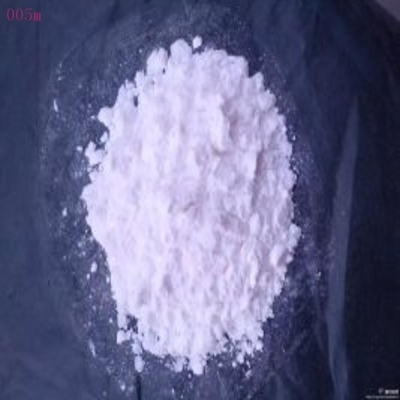-
Categories
-
Pharmaceutical Intermediates
-
Active Pharmaceutical Ingredients
-
Food Additives
- Industrial Coatings
- Agrochemicals
- Dyes and Pigments
- Surfactant
- Flavors and Fragrances
- Chemical Reagents
- Catalyst and Auxiliary
- Natural Products
- Inorganic Chemistry
-
Organic Chemistry
-
Biochemical Engineering
- Analytical Chemistry
-
Cosmetic Ingredient
- Water Treatment Chemical
-
Pharmaceutical Intermediates
Promotion
ECHEMI Mall
Wholesale
Weekly Price
Exhibition
News
-
Trade Service
Structural biology is a discipline based on molecular biology, biochemistry and biophysics.
For the study of proteins in biological macromolecules, the main research methods are: nuclear magnetic resonance (NMR), X-ray crystallography (X-ray crystallography) and cryo-electron microscope (cryo-EM) .
l X-ray diffraction-the most traditional structural analysis method
l X-ray diffraction-the most traditional structural analysis methodAs early as 1895, WC Roentgen discovered X-rays.
l Single particle analysis technology based on cryo-electron microscope
l Single particle analysis technology based on cryo-electron microscopeIn recent decades, cryo-electron microscopy has developed rapidly and has gradually played a pivotal role in the field of structural biology.
docx#_ENREF_1">docx#_ENREF_1">
Figure 1 The trend of changes in the number of three-dimensional structures of biological macromolecules analyzed by cryo-electron microscopy
Figure 2 Cryo-EM structure of Glucagon-GCGR-GS-Nb35 and glucagon-GCGR-Gi1-Scfv16
Single particle analysis technology does not need to obtain crystals and the sample usage is very small, which makes it possible to study membrane proteins or macromolecular complexes that are difficult to crystallize.
docx#_ENREF_4">
l MicroED——The perfect combination of crystallography and cryo-electron microscope in the contemporary era
l MicroED——The perfect combination of crystallography and cryo-electron microscope in the contemporary era
In the early days of the development of electron microscopy, X-ray crystallography technology was developing vigorously; at this time, it was also at a time when diffraction theory and data processing methods were gradually mature.
docx#_ENREF_21">
Figure 3 R2lox structure analyzed by MicroED
Figure 4 MicroED's research statistics
l Simple process, high resolution, short time-MicroED opens a new way of exploring structural biology
l Simple process, high resolution, short time-MicroED opens a new way of exploring structural biologyThe principle of MicroED is similar to X-ray crystallography.
docx#_ENREF_21">
Due to the unique advantages of MicroED, in addition to biological macromolecules, its research on chemical small molecules, natural products, and pharmaceutical preparations cannot be more appropriate.
Figure 5 MicroED workflow
Figure 6 Examples of small chemical molecules and natural products obtained by MicroEDdocx#_ENREF_7">docx#_ENREF_9">
docx#_ENREF_7">docx#_ENREF_9">Generally speaking, whether it is X-ray crystallography and cryo-electron microscopy single-particle technology, or the emerging MicroED technology, scientists are gradually advancing through continuous experimentation and optimization.
This article is an English version of an article which is originally in the Chinese language on echemi.com and is provided for information purposes only.
This website makes no representation or warranty of any kind, either expressed or implied, as to the accuracy, completeness ownership or reliability of
the article or any translations thereof. If you have any concerns or complaints relating to the article, please send an email, providing a detailed
description of the concern or complaint, to service@echemi.com. A staff member will contact you within 5 working days. Once verified, infringing content
will be removed immediately.







